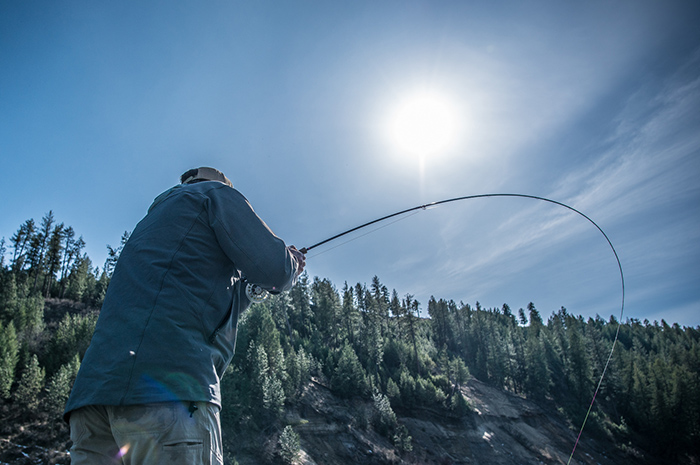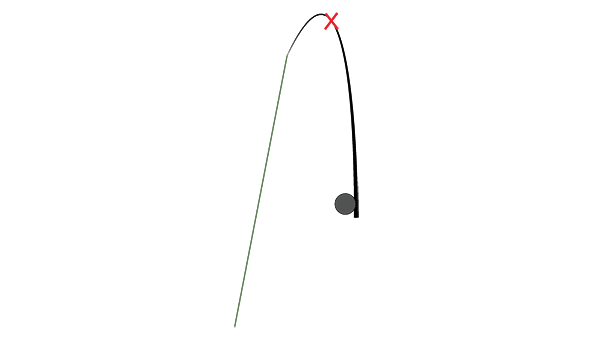Protecting Euro Rod Tips
Sean Visintainer - 09/15/20

Lower angles, less breakage
If you have ever picked up a euro rod you probably have noticed immediately how light and sensitive the tip sections are. While these tip sections can greatly improve your "fish detection rates" they are also very likely to end up in the warranty department if you aren't careful when fighting fish.
The good folks over at Echo Fly Rods put together some information to help you better understand some rod angle techniques to keep you from snapping your tip sections and land more fish.
Check out the article below:
Shadow II and Shadow X Tip Sections
You’re likely here because you either heard of, or have experienced a “tip breaking issue” with Shadow II and Shadow X rods. We wanted to take the time to explain how we see these tips break, and the general nature of competition-style Euro Nymphing rods.
These style of Euro-nymphing rods are built to the specifications of our design team members who are all among the some of most experienced competition anglers that employ these style of Euro Nymphing tactics. In order to get the rods to perform in the manner they require, an extremely sensitive tip section is required. These ultra-light tips have tremendous advantages in detecting strikes & feeling the contour of the river bottom. Where the subtle take of a laid-up feeding trout wouldn’t be felt with a more robust tip. To contrast this, the lower sections of the rod are "beefed up."


The unfortunate downside of light tip sections on long rods like this is that it can be a bit of a learning curve to get used to landing fish without pointing the rod straight up in the air, where the tip section is taking on nearly all of the load of the flex. If this landing technique is employed, the tip section will break even on small fish. We find that those who are used to landing fish on shorter, standard fly rods with standard-weight tip sections often end up breaking multiple tips before dialing-in their landing technique. So if you fall in this category, you’re in good company.
To help your landing technique, we suggest not putting the rod at an angle above 60deg parallel to the ground. By using a combination of side pressure, and by using longer-handled nets, you can get your fish landed without putting fatal levels of stress on your tip section.

